India, US need to realign tech relationship to meet rapidly changing global order
Now with the world increasingly getting caught in a spreading viral infection, and the US political theatre getting embroiled in approaching elections, the India-US agreement on trade doesn’t seem likely to happen before 2021, writes Kumardeep Banerjee for South Asia Monitor
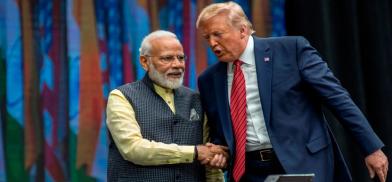
Amidst a global pandemic, with numbers updated daily from a life-threatening viral outbreak, the President of the world's largest economy, Donald Trump, came halfway around the globe to meet and greet his friend in the world’s largest democracy, Narendra Modi.
The first presidential visit by Trump to India can be easily bifurcated - the first being the theatre of personal camaraderie between the two leaders; and the second being bilateral trade expectations.
The first, on personal rapport or optics, which got at least a billion global citizens’ attention, was liberally sprinkled with Bollywood and saints’ quotes. Nearly 100,000 people filled one of the biggest stadiums in the world under a scorching western Indian sun, lined up patiently along the presidential route to the grand venue in Ahmedabad and the Taj Mahal in Agra. The terms used by either, like “true friend” and so on added sheen to both the strong leaders’ public appearances, especially for President Trump who is facing an increasingly tough re-election later this year due to a global pandemic and other factors. His speech from Gujarat was a fitting response to the Howdy Modi event in Houston last September and has been played across election rallies in the US.
Let’s now look beyond the optics at the actual results from the visit. India will procure military equipment worth US$3billion from the US. Both countries announced a further engagement of their security relationship to promote a free and open Indo-Pacific, which includes a “comprehensive global strategic partnership”. This encompasses strategic cooperation in the maritime and space domain, enhanced military exchanges and training, defence industry collaboration, securing 5G networks, sustainable infrastructure investments and efforts to combat terrorism and drug trafficking.
This works in favour of both nations as the US wants to strengthen India in the Indo Pacific region to counter China’s growing military and economic might in the area. Meanwhile, India in turn aims to be a significant leader in the region and is carefully covering ground to counter China’s Belt and Road agenda, coupled with its unsolicited interventions in the region. Though the signed military deal will take some time to final delivery, probably around 3 years, it still is a good deal for either side. This deal is a step closer to securing interoperability between the forces of both countries and securing the Indian Ocean region and, with some transfer of technology, can potentially lead to job creation and economic growth.
The more crucial deliverable would have been the India-US trade deal. The US trade representative Robert Lighthizer and India’s commerce minister Piyush Goyal had few dozen telephone calls and video conferences to hammer out what many expected would be a limited trade deal for access to agriculture markets, sale of medical equipment and high tariffs. But, finally, that did not fructify. The non-tariff trade barriers, visa issues, digital services taxation issues and the star product, ‘Harley Davidson’ motorbike tariffs, could not be negotiated into a bilateral agreement ready for signing. What emerged instead was a promise to “promptly conclude the ongoing negotiations, which both sides hope can become phase one of a comprehensive bilateral trade agreement that reflects the true ambition and full potential of the bilateral commercial relations, advancing prosperity, investment, and job creation in both countries.” Most of this has been in the public domain for over a year now.
Now with the world increasingly getting caught in a spreading viral infection, and the US political theatre getting embroiled in approaching elections, the India-US agreement on trade doesn’t seem likely to happen before 2021.
That leaves us with another important aspect of the visit. The techno commercial deal between the Nuclear Power Corporation of India Limited (NPCIL) and Westinghouse Electric Company of US for construction of six nuclear reactors in India for civil use was left tabled without any cut-off date. Similarly, the Indian Space Research Organisation (ISRO) and NASA’s proposed advanced cooperation in earth observation, Mars and planetary exploration, heliophysics, human space flights and commercial space operations, where both have tremendous potential for leadership, was just left hanging at a very early stage of the dialogue.
5G, or fifth generation telecom connectivity, which makes operations like driverless cars, real time robotic surgeries, possibilities of automated homes and smarter energy efficient cities, where the US wants to contain China’s march with the technology and India is raring to take a pole position, didn’t make it to any reasonable substantive agreement. If the US and India need to write the technology future for the world, they need to work together to create complementary network and service markets in each other and utilize the resources in India’s immediate neighbourhood.
The current health crisis will potentially alter the technology equations around the globe where the US has traditionally dominated in producing IPR of high value, manufacturing has been cornered by China, while India has been a world leader for IT services. These equations perhaps have been recalibrated forever and one has to carefully realign bilateral relationships keeping an eye out for global order.
It is only then that the Eagle and the Elephant can truly celebrate.
(The writer is a specialist in technology and trade issues)




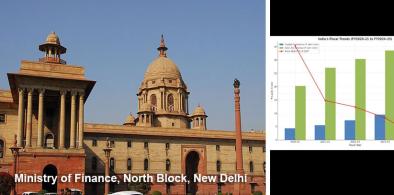

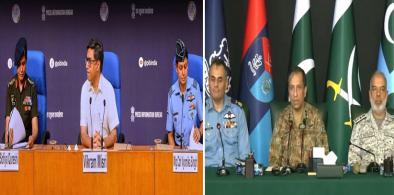
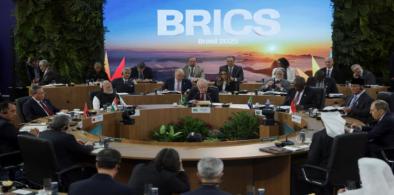
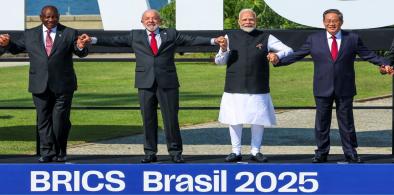
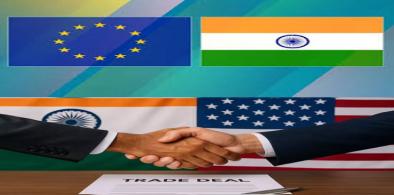
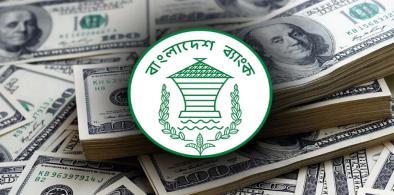
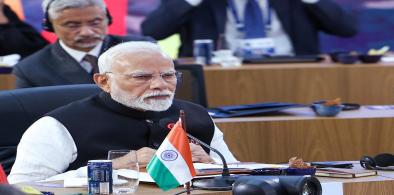
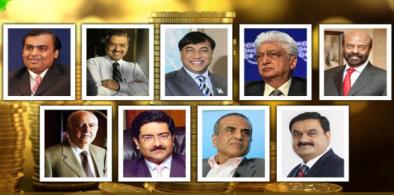
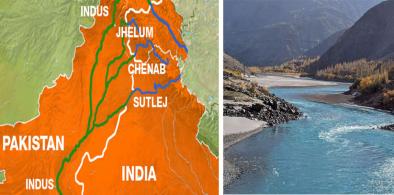





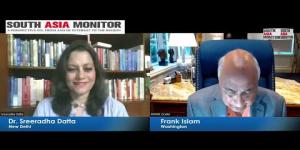
Post a Comment